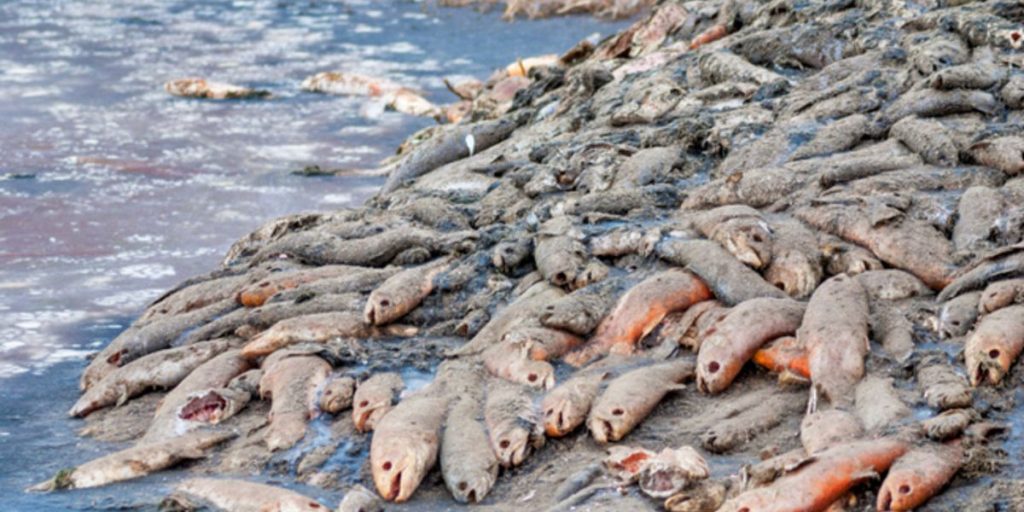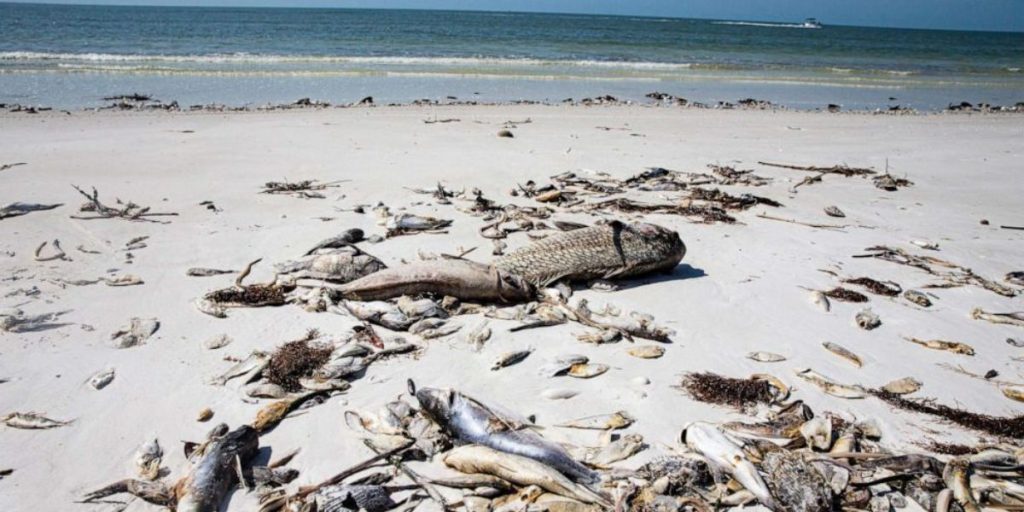Florida’s red tide is a rare natural event with serious consequences for marine life and humans. This blog post provides a comprehensive overview of the red tide phenomena, including what it is, how to protect yourself from its hazards (especially if you are immunocompromised), and why adopting preventive steps should be your first concern during a red tide epidemic.
Continue reading to learn all about this extraordinary incident.
What is the Florida Red Tide?
Florida’s infamous red tide, also known as Karenia brevis, is a catastrophic type of harmful algae bloom (HAB) that occurs in the Gulf of Mexico. These blooms contain microscopic marine algae, which tint the water red, brown, or green. While numerous species are capable of creating a red tide,‘ it is predominantly the bacterium named after its home state, Karenia brevis, that does it here.

Dangers of Red Tide
The poisonous algae that causes the red tide releases potent neurotoxins known as brevetoxins, which can be harmful to marine life, resulting in large fish kills and the deaths of sea turtles, birds, dolphins, and manatees. Even after these organisms die and their cells degrade, the toxins stay in the water and can become airborne through smashing waves.
Read More: The Most Haunted Restaurant in Florida
Risks for Humans from Red Tides
Respiratory irritation: Brevetoxins in the air can induce coughing, sneezing, and burning in the eyes, nose, and throat, especially in patients who already have asthma or COPD.
Neurological symptoms: In severe circumstances, eating contaminated seafood or inhaling airborne contaminants can cause neurological symptoms like headaches, dizziness, disorientation, and even seizures.
Shellfish poisoning: Consuming shellfish infected with brevetoxins can result in neurotoxic shellfish poisoning (NSP), which causes severe gastrointestinal and neurological symptoms.
You May Also Like: The 68-year-old Legacy of Pizza Restaurant in Florida is Hard to Beat
What are some of the most common beaches in Florida with red tide?

Red tides can fluctuate in location and strength from year to year, however, particular Florida beaches are more frequently affected by the phenomena. Here are some of the beaches where red tide has been found.
Siesta Key, Lido Key, Venice Beach, Fort Myers Beach, Sanibel Island, Captiva Island, Naples, Marco Island, Clearwater Beach, St. Pete Beach
It is critical to check for updates on red tide conditions before visiting any Florida beach, as they can change quickly. The Florida Fish and Wildlife Conservation Commission’s website features an up-to-date map of red tide conditions, which can help you make informed judgments about which beaches to visit.
Check More: 8 Major Mistakes to Avoid on a Florida Vacation as per Floridians
Why Immunocompromised People Should Be Extra Cautious?
Immunocompromised people, especially those with reduced immune systems owing to sickness, aging, or medical treatments, are more likely to suffer serious health consequences from red tide exposure. Consuming contaminated seafood may increase their susceptibility to respiratory irritation, neurological problems, and infections. As a result, these people must take special measures during a red tide episode.
Conclusion
Florida’s red tide is a fascinating natural occurrence, but it may also be harmful, particularly for immunocompromised people. Staying informed, avoiding vulnerable locations, and taking essential steps can help you limit your chance of exposure and stay safe during a red tide event.